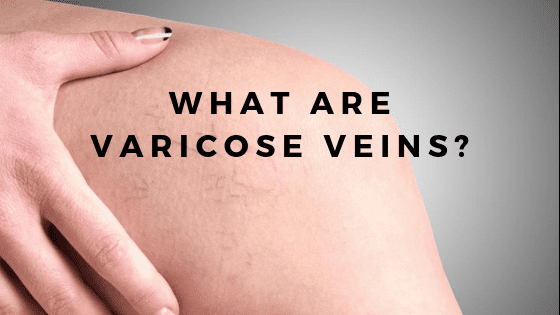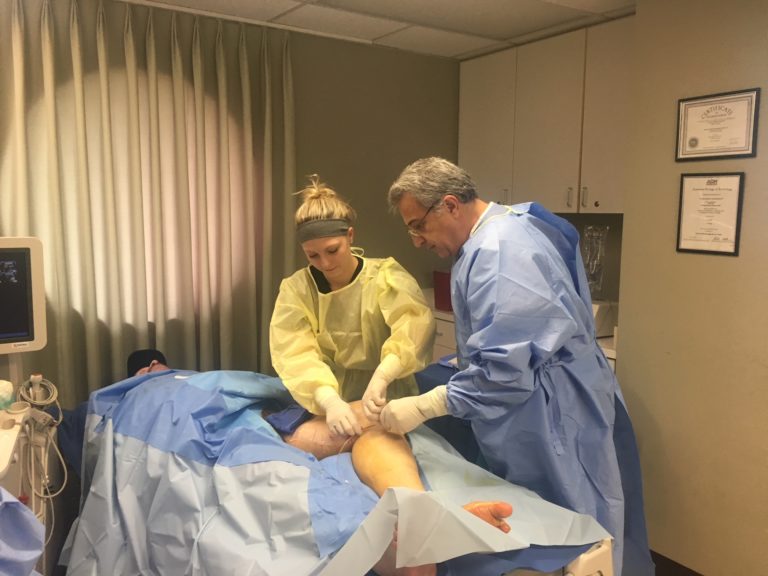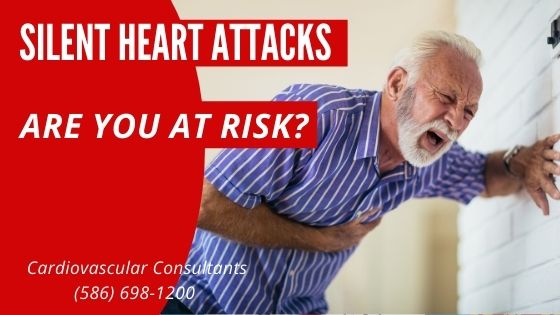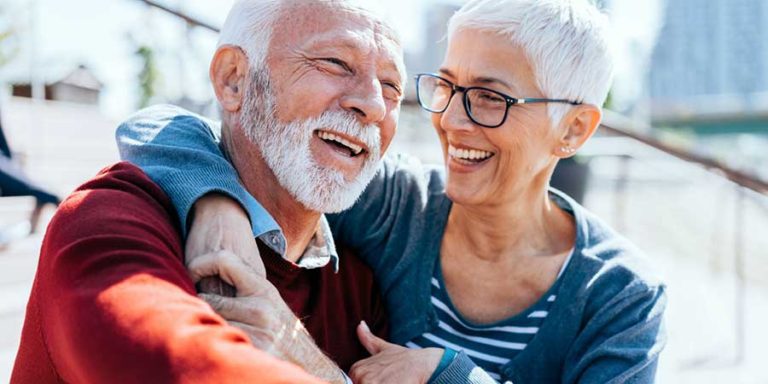What Are Varicose Veins?
Varicose veins commonly occur on feet and legs and can be characterized by enlarged, swollen, twisted, lumpy, bulging in nature. Sometimes patches of capillaries are formed in the legs and knowns as spider veins. This condition can occur when a faulty valve in the veins allow the flow of the blood in the opposite direction. They usually blue to dark purple in appearance.
Generally, any vein can become varicose, but they usually affect legs more than any other part. The pressure can be increased in the veins of the lower body by standing and walking.
Some people think varicose veins are a cosmetic concern, but some people feel discomfort and aching pain due to varicose veins. Varicose veins sometimes cause serious problems. They may block the circulation of the ankles and feet and can also result in itchy skin and swollen ankles.

Who gets varicose veins?
Varicose veins can occur in any individual, independent of gender and age. But, most commonly, it can occur in women of childbearing age and older people. It is a prevalent condition affecting about 10% to 15% of men and older age women.
There are more chances of occurrence of varicose vein in people having a family history and old age. There are some more risk factors of varicose veins such as
- Sedentary lifestyle
- Pregnancy
- Overweight
- Prolonged standing
Causes of varicose veins
When small valves inside the veins stop working properly, the condition develops called varicose veins.
When a vein is healthy, the flow of the blood towards the heart is smooth. The backward flow of the heart is restarted by the series of small valves that facilitate the flow of blood.
The damaged and weaken valves result in the backward flow of the blood and blood is collected in the vein leading to enlarged and swollen veins known as varicose veins.
The leading causes of varicose include as:
- Being female and overweight
- The occurrence of varicose veins in the family
- Weak or damages valves
- Older age
- Obesity
- Nature of the job that involves long periods of standing
- Pregnancy
In rare cases, varicose veins can also be caused by other conditions, such as
- A previous blood clot
- Abnormal blood vessels
- A swelling or tumor in the pelvis
Risk factors
Common risk factors of varicose veins include
Age
The process of wear and tear of valves speed up with the increase in age. That war and tear process causes the backward flow of the blood into veins and then blood accumulates in the veins, rather than flowing towards to heart. Also, the elasticity of the veins decreases with the advancing age. That’s why the risk of varicose veins increases with age.
Sex
Women have higher chances of developing varicose veins because the hormonal changes occur in women during pregnancy, and menopause causes vein walls to relax. Similarly, the use of hormonal therapy such, as using oral contraceptives also increases the chances of varicose veins because hormonal therapy also relaxes the wall of veins and making veins more prone to leakage.
Pregnancy
There are two main factors related to pregnancy that increase the chances of varicose veins in pregnant women. The first one is hormonal changes, which make the wall to relax and, the other one is increased blood volume during pregnancy to support the developing baby. Increased blood volume put extra strain on the veins.
Family history
There are greater chances of occurrence of varicose veins if any of your family members have this problem.
Obesity
Body weight directly affects varicose veins. Being overweight increases, the pressure on the veins and veins have to work hard to send the blood back to the heart. More weight put more pressure on veins and thus making them susceptible to leaking. The effect of overweight can be seen more in women than in men.
Standing or sitting for long periods
Both these conditions restrict the flow of the blood, as you remain in the same position for a longer time.
Symptoms
People experience various signs and symptoms of the varicose veins. Sometimes, varicose veins may not cause pain. Other symptoms include,
- Blue or dark appearance of the veins
- The bulging and twisted appearance of the veins and often look like cords on your legs
- Heavy feeling in legs, especially at night
- Swelling, burning, throbbing and cramping in lower legs
- Increase in pain after sitting or standing for a long period
- Itching around veins
- Discoloration of skin around a varicose vein
- Aching legs
- Fatigue
- Longer or excessive bleeding due to a minor injury to the affected area
- Swelling of ankles
- Telangiectasia in the affected leg (spider veins)
- Discoloration of skin near the varicose veins, commonly brownish or blue in color
- The venous eczema causes redness and dryness in the affected skin area
- Leg cramps while standing
- A number of people with varicose veins also have restless legs syndrome
Diagnosis of Varicose Veins
Sometimes doctors diagnose varicose veins only on the base of physical examination. Whereas, most of the time, various tests or procedures are used to know the extent of the problem and other associated conditions.
Physical Exam
Doctor ask about signs and symptoms and observe the condition of legs while standing or sitting. The doctor also asks about the feeling of pain.
Duplex Ultrasound
Most of the doctors recommend a duplex ultrasound, which is the combination of traditional and Doppler ultrasound. These ultrasounds use sound waves to print the image. Duplex ultrasound checks the flow of blood in veins and also indicate any blood clots.
Angiogram
In this procedure, the dye is injected into the vein, an image on the x-ray represents the vein. It confirms the occurrence of varicose veins or some other condition. This procedure is not recommended by most of the doctors.
Complications
In some cases, varicose veins show no complications. However, there are many complications associated with varicose veins such as
- Thrombophlebitis
- Ulcers
- Blood clots
- Bleeding
- Chronic venous insufficiency
Prevention
To prevent the varicose veins, you need to improve the blood circulation to the muscles and reducing the risks of varicose veins. There are some critical steps to follow in order to prevent the varicose veins.
- Regular Exercise
- Managing your weight
- Eating low-salt and a high-fiber diet
- Avoiding high heels
- Elevating your legs
- Altering your sitting or standing position regularly
Call now (586) 698-1200 to schedule an appointment with a Cardiologist in Sterling Heights, Washington Township or Rochester Hills, Michigan.




